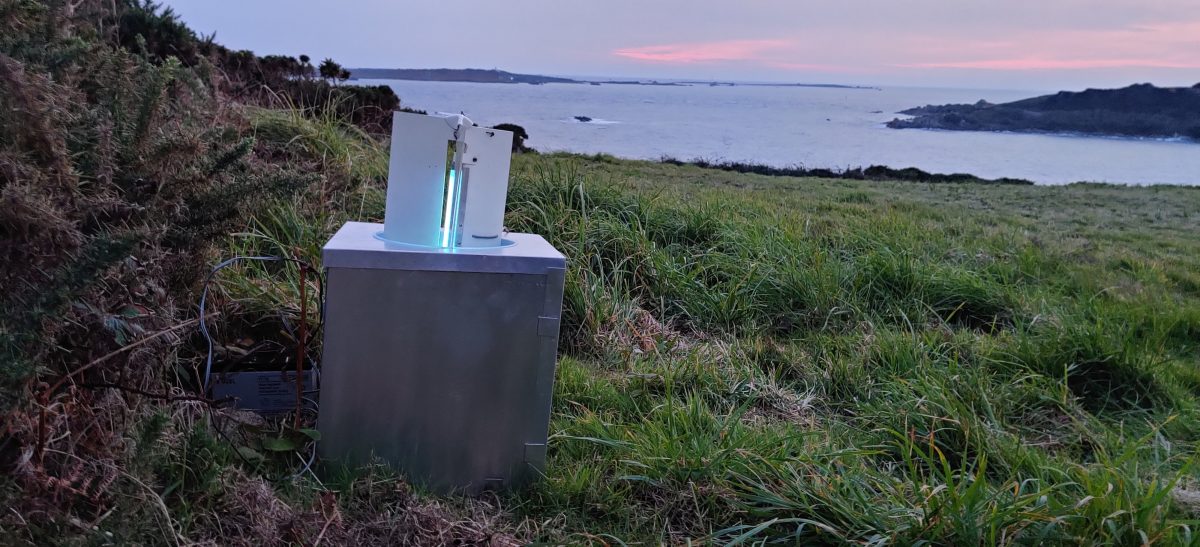Along with it’s reputation for rare migrant birds, Scilly is also an excellent place to trap migrant moths. Penninis Head is the most southerly point on St Mary’s and the penninsular runs North to South. Sheltered spots amongst boulders and dry stone walls are ideal sites to trap recent arrivals from Iberia and North Africa. With our accomodation being at the base of the headland I felt there was a good chance of success.
A brace of Radford’s
The first night of our stay (17th October) I set my battery operated actinic trap in the grounds of our lodge. The result was disappointing; lots of Feathered Ranunculus and Lunar Underwings, but little else. Fortunately staying on Penninis Farm gave access to some fields on the West side of the headland. Two nights later I placed the trap in a corner of a rough pasture lfacing St Agnes.

I retrieved the trap the following morning and took it back to our lodge. Amongst good numbers of the usual suspects there was a small selection of immigrant or likely immigrant species. This included Angle Shades, Turnip and Whitespeck and two pristine Radford’s Flame Shoulder.
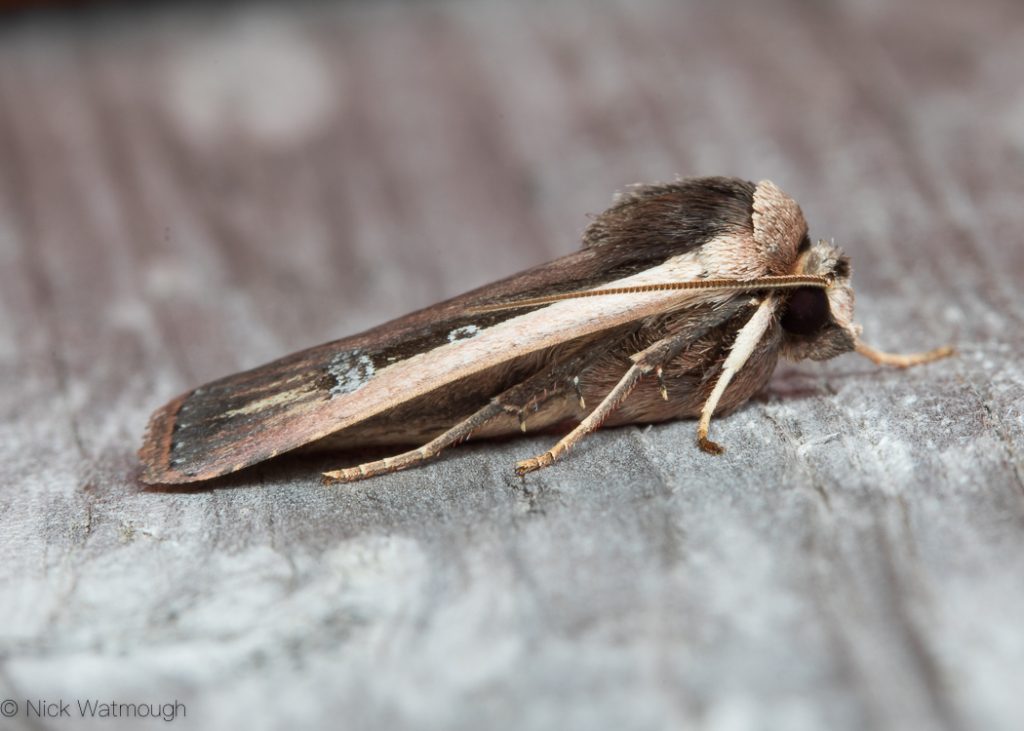
Other migrants were familar from my first foray into migramt moth trapping on The Lizard in September 2019. These included one each of Scarce Bordered Straw, Delicate and Dark Swoardgrass.
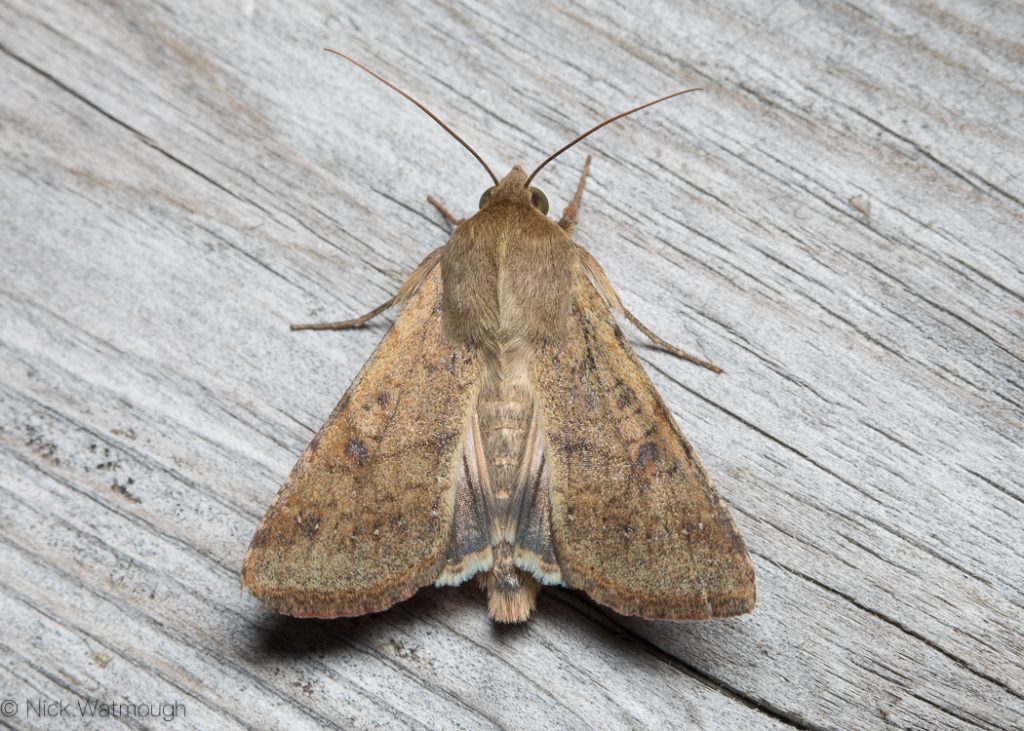

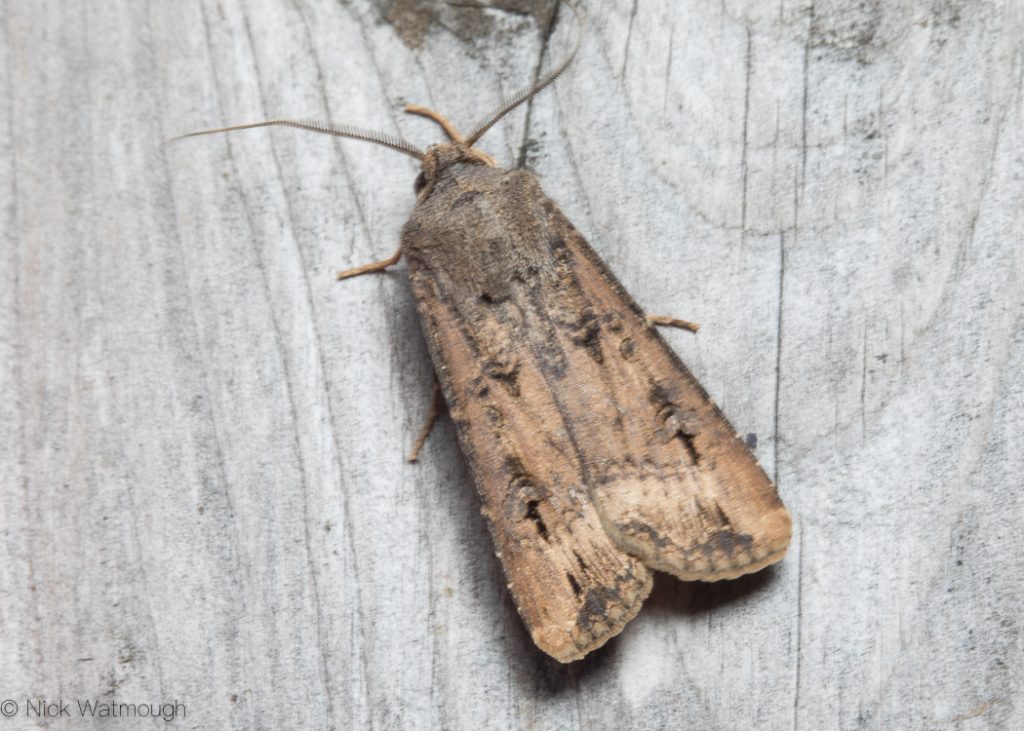
Micros not migrants
Two nights later I tried the same location again. No migrants and a more autumnal feel to the local moths. But, to my suprise, there were two micro-moths in the trap; Crocidosema plebejana and Scrobipalpa ocellatella. Both are rocky shore specialists, confined to the South and South-West, that fly late in the season.
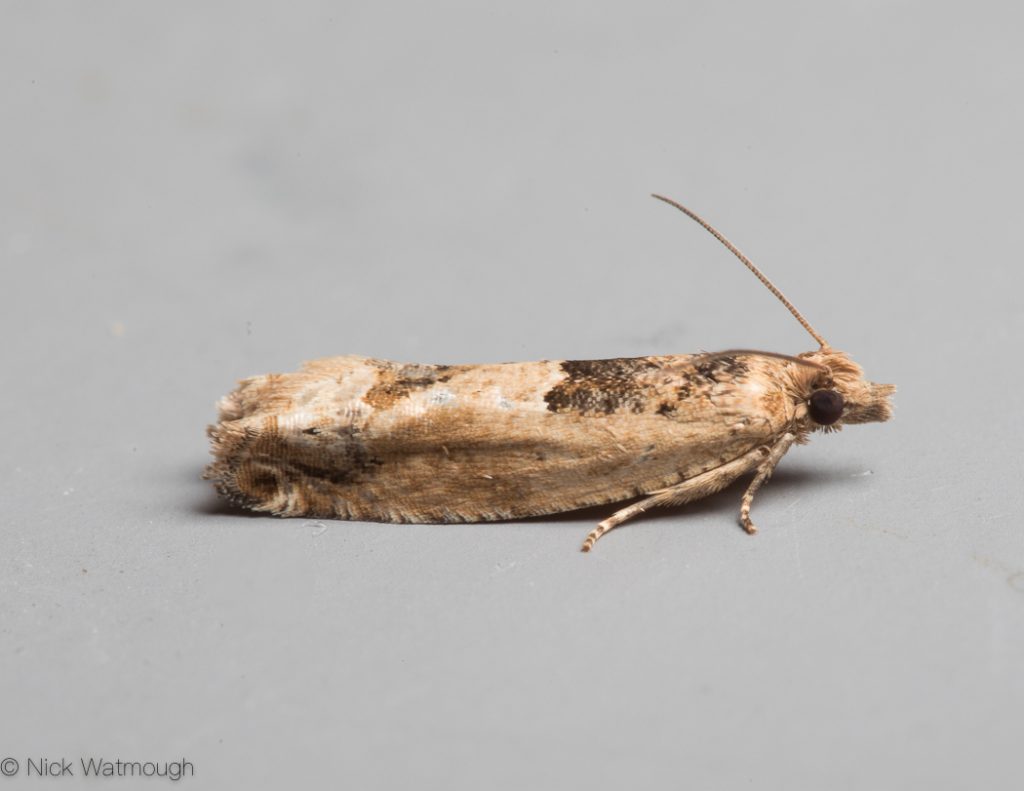
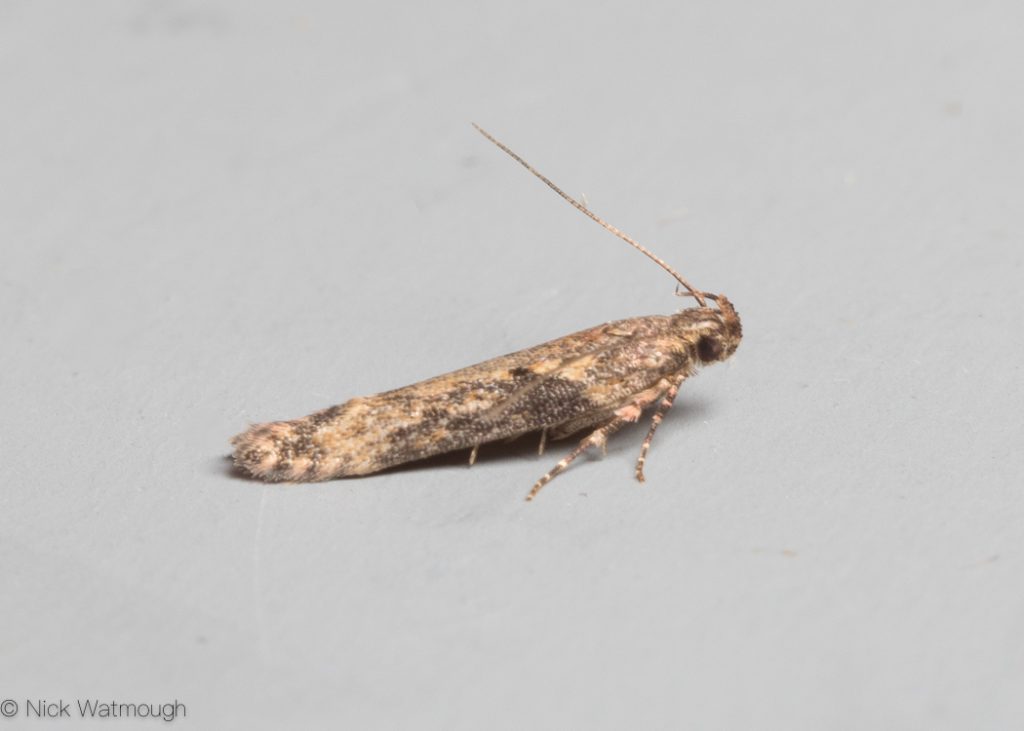
Given that I only trapped for three nights I was very pleased with the outcome. On three counts. Firstly the nice mixture of migrant moths and local species, like Feathered Ranunculus, that I don’t see at home. Secondly catching some micros was a bonus – I had hardly caught any since late August, Finally it was excellent to see my battery operated actinic get such good results. Small portable traps give flexibility in a way that mains operated traps with MV bulbs do not. A useful lesson for the future.

